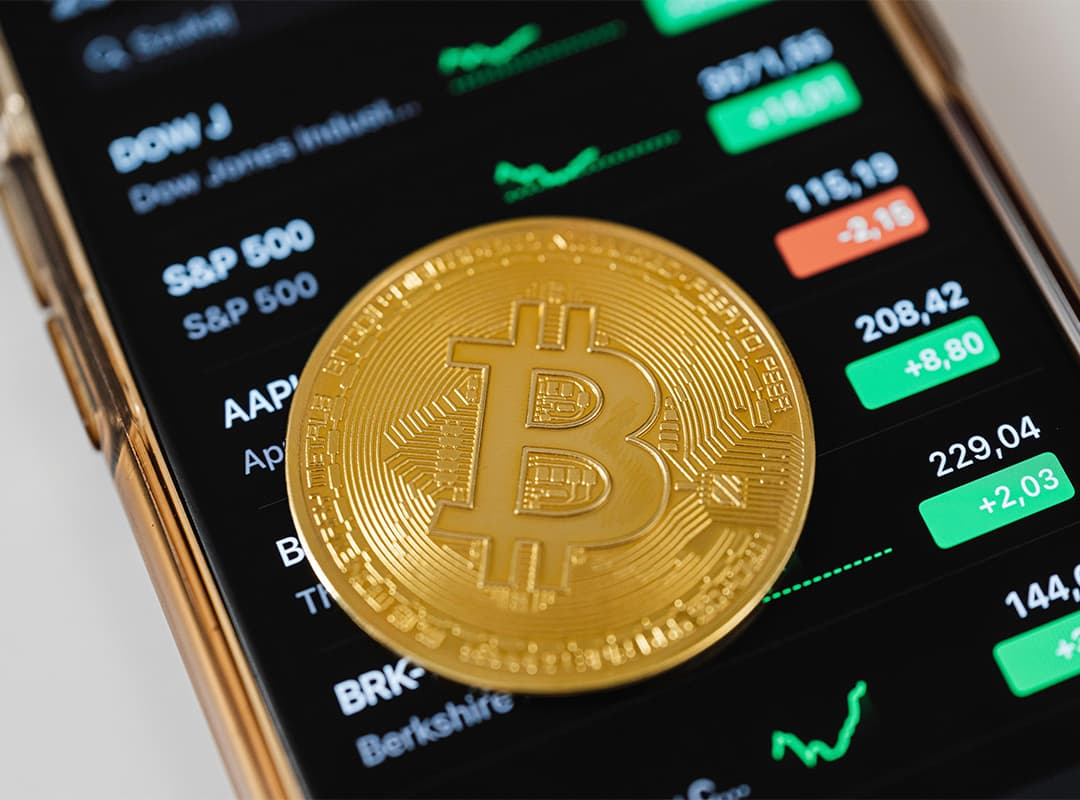The global economy is no stranger to crises, from financial meltdowns to geopolitical tensions. Each event has ripple effects across traditional and emerging markets, including cryptocurrencies. Bitcoin, often dubbed “digital gold,” has increasingly become a focal point during times of economic uncertainty. But how does Bitcoin truly behave during a global crisis? Is it a safe haven like gold or a risky asset subject to extreme volatility?
In this article, we’ll explore the relationship between Bitcoin and global crises, its potential as a hedge, and the risks it carries in turbulent times.
Bitcoin as a Safe Haven: The Case for Stability
- Decentralization and Sovereignty
Bitcoin operates independently of governments and central banks, making it immune to inflationary monetary policies. In times of economic instability, this decentralization appeals to those seeking an alternative to fiat currencies that may be devalued. - Scarcity and “Digital Gold” Narrative
With a capped supply of 21 million coins, Bitcoin mirrors gold’s scarcity, which has historically been a cornerstone of its safe-haven status. During crises, investors often turn to assets with limited supply to protect their wealth from depreciation. - Increasing Institutional Adoption
Bitcoin’s growing adoption by institutional investors adds a layer of perceived legitimacy and stability. Companies like MicroStrategy and Tesla holding Bitcoin on their balance sheets indicate confidence in its long-term value. - Borderless and Easily Transferable
In times of geopolitical crises, Bitcoin’s borderless nature makes it an attractive option for transferring and securing wealth, especially in regions with capital controls or failing banking systems.
Bitcoin as a Risky Asset: The Case for Caution
- High Volatility
Bitcoin’s price is notoriously volatile, often experiencing significant swings within days or even hours. During global crises, this volatility can amplify, making it a risky choice for those seeking stability. - Correlation with Risk Assets
While Bitcoin has been compared to gold, its price movements often correlate with traditional risk assets like stocks. For instance, during the COVID-19 market crash in March 2020, Bitcoin’s price plummeted alongside equity markets, challenging its safe-haven narrative. - Regulatory Uncertainty
In times of crisis, governments may introduce stricter regulations on cryptocurrencies, viewing them as a threat to traditional financial systems. This regulatory uncertainty can deter investment and add downward pressure to Bitcoin’s price. - Liquidity Risks
Although Bitcoin markets have matured significantly, they are still relatively illiquid compared to traditional assets. In times of panic, this can lead to sharp price drops as traders rush to liquidate positions.
Historical Performance: How Bitcoin Has Reacted to Crises
- 2008 Financial Crisis (Bitcoin’s Birth)
Bitcoin was created in response to the 2008 global financial crisis. Its genesis block famously includes a reference to a newspaper headline about bank bailouts, emphasizing its purpose as an alternative to traditional financial systems. - COVID-19 Pandemic (2020)
Initially, Bitcoin fell sharply during the March 2020 market crash, dropping by nearly 50%. However, as central banks introduced unprecedented monetary stimulus, Bitcoin rebounded strongly, reaching an all-time high by the end of 2020. - Geopolitical Tensions (2022)
During the Russia-Ukraine conflict, Bitcoin saw increased adoption in affected regions. Ukrainians used Bitcoin to secure wealth amid currency devaluation, while Russians turned to it to bypass sanctions, highlighting its utility during geopolitical crises.
Bitcoin’s Role in a Future Global Crisis
- Inflation Hedge Potential
With inflation rates rising globally, Bitcoin’s capped supply and decentralized nature could make it an appealing hedge against currency devaluation. - Store of Value vs. Medium of Exchange
As Bitcoin’s adoption grows, it may transition further into a store of value akin to gold. However, its use as a medium of exchange in crises will depend on continued improvements in scalability and usability. - Institutional Behavior
The response of institutional investors during a future crisis will be pivotal. If institutions continue to treat Bitcoin as a long-term asset, it may reinforce its safe-haven status. - Technological Advancements
Ongoing developments, such as the Lightning Network, could enhance Bitcoin’s appeal by making transactions faster and more cost-effective, increasing its utility during crises.
Conclusion: A Dual Identity
Bitcoin’s role during a global crisis remains a topic of debate. Its decentralization, scarcity, and growing adoption suggest it has the potential to act as a safe haven. However, its volatility, regulatory risks, and correlation with traditional markets underscore its challenges in this role.
For investors and analysts, Bitcoin represents a dual identity: a hedge against traditional financial systems and a speculative asset with high-risk potential. Its behavior in future crises will depend on market maturity, regulatory developments, and global economic conditions.
As the world braces for the next inevitable crisis, Bitcoin will undoubtedly remain a key part of the conversation, evolving alongside the dynamics of global finance.
